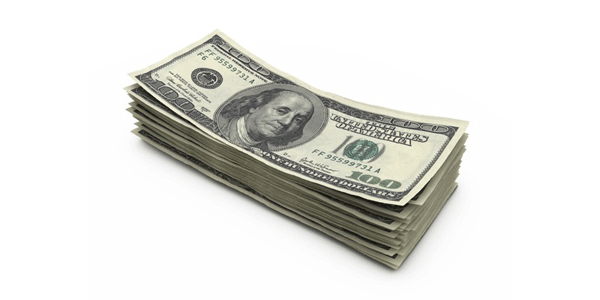For every expert predicting the direction of the economy, there is another claiming we are heading in the opposite direction.
But there are some greater economic trends to note as you make decisions on inventory, hiring, and marketing.
Barron’s predicts that as Omicron fades, there will be a rush back to normalcy similar to the two other pandemic “reopenings” (in the summer of 2020 and the spring of last year). The results during those periods were a 9 and 4 percent jump in consumer spending on services, respectively.
In each of the rebound periods, after a COVID flare, car audio flourished, despite the fact that consumers headed out to restaurants and began to travel.

But there’s no stimulus to boost spending this time. And even the rush to services may be limited by a shortage of workers (such as fewer servers at restaurants and fewer pilots on airlines).
But here’s some things to consider:
Spending on goods is 20 percent above pre-pandemic levels and spending on services is 5 percent below the start of the pandemic, according to RBC Capital Markets, Barron’s said.
Middle income consumers have amassed a collective $1 trillion more in liquid assets than they had before the pandemic, said RBC Capital.
But economists worry that as a post-Omicron boom takes shape, the lack of employees will cause a hiring frenzy, that will again, drive up wages, prices and inflation.
You may have heard recently that the US gross domestic product (GDP) grew tremendously last year to an annual rate of almost 6 percent, surprising analysts.
But Yahoo!finance reports Wells Fargo is forecasting a slower first quarter with GDP up only 3 percent as the monthly Child Tax Credit expires.
Bank of America recently lowered its forecast for growth in Q1 to only 1 percent, down from 4 percent, reported CNN.
Some economists predict a recession in 2023, 2024 or 2025 due either to materials shortages or the Fed raising interest rates too sharply or not enough (more inflation).
Consumer confidence is another factor to consider. And it’s low, due to inflation, which is running at close to 6 percent instead of the usual 2 percent.
A Gallup poll this month found that 67 percent believe the economy is getting worse, said the New York Times.
On top of all of this, the National Retail Federation (NRF) is predicting growth, even if interest rates go up, as expected.
The NRF’s Chief Economist Jack Kleinhenz said Tuesday:
“The maturing economy remains in growth mode and there is good reason to expect it will soon approach normal trends,” Kleinhenz said. “Despite ongoing challenges, we are clearly still in an expansion phase. The question is how long it will last as policymakers strike a delicate balance between encouraging growth and taming inflation.”
He added, “There is plenty of room to raise rates without threatening the economy.”
Finally, Kleinhenz expects GDP to grow between 3 percent and 4 percent in 2022, still faster than the 2.3 percent annual pace during the 2009-2020 expansion that was ended by the pandemic, said the NRF.
Sources: Barron’s, Yahoo Finance, CNN, NY Times, Forbes









